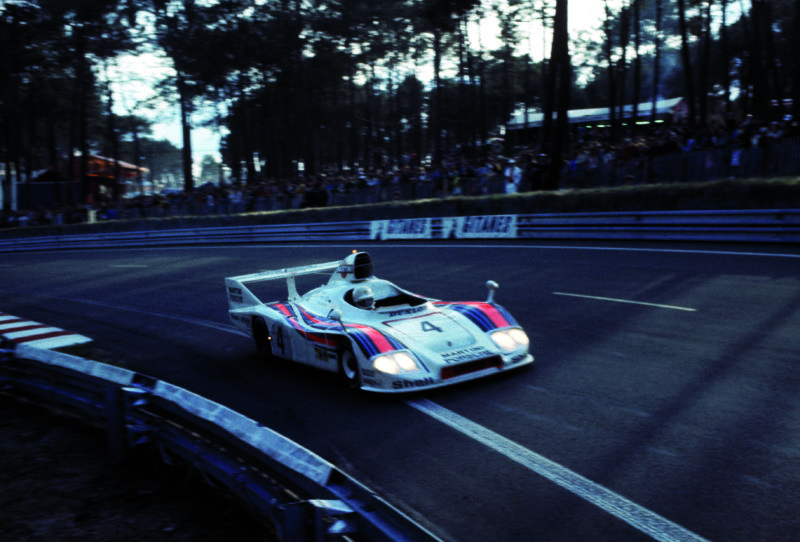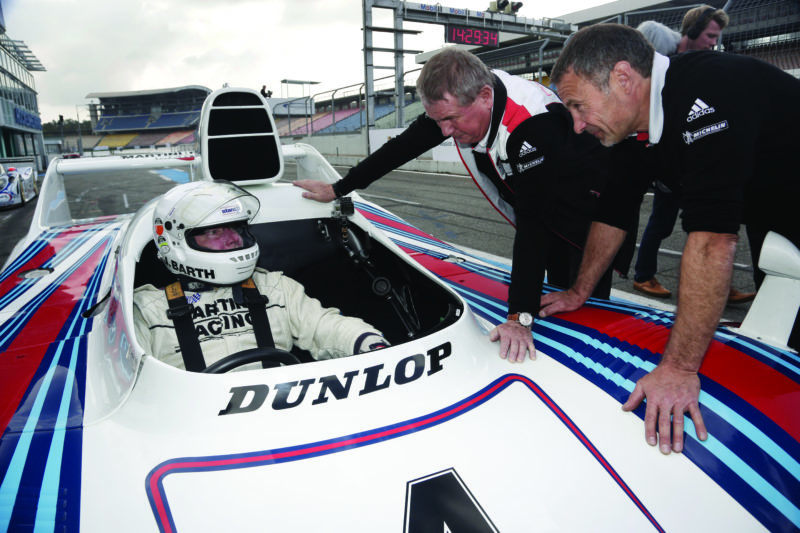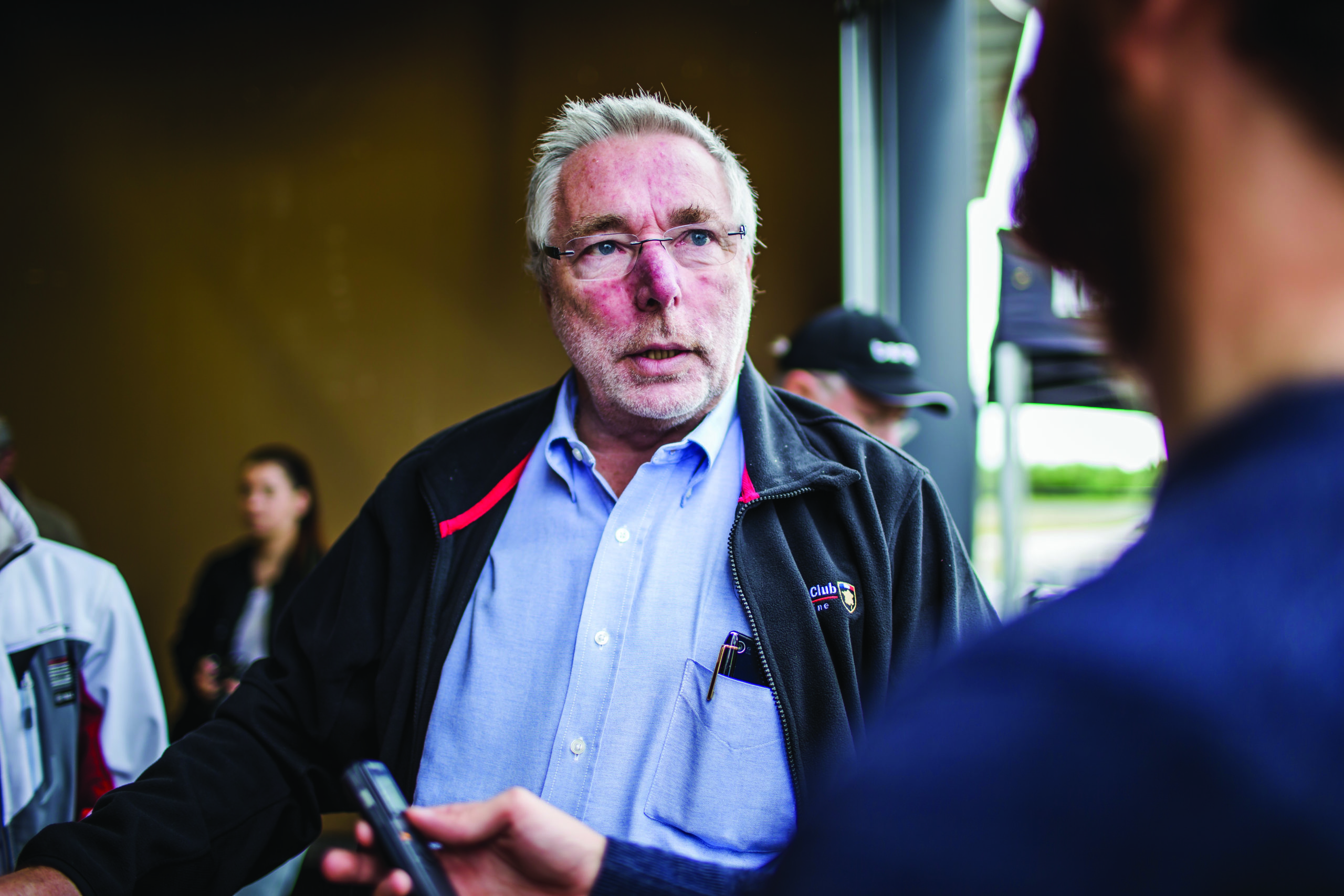The big Porsche interview: Jürgen Barth
Today, despite the involvement of the Volkswagen Group, Porsche AG remains, at its heart, a family business. There is no doubt that, to help set the company on a path to becoming an automotive powerhouse, Ferry and his closest relatives would have made many sacrifices. However, it is unlikely that they were as risky as those made by Jürgen Barth’s family.
Forced to sacrifice their livelihoods in East Germany, Jürgen and his mother crossed the border into the Federal Republic on Totensonntag 1957 (the annual ‘Dead Sunday’ celebration in November), a process that was complicated further by the fact that their passports had been confiscated by the Communist authorities.
Thankfully the festivities enabled them to catch their train and meet up with Edgar, Jürgen’s racing driver father who had recently switched his allegiance from EMW to Porsche.

It was perhaps inevitable that Barth would follow in his father’s footsteps – “At a certain stage, my parents put a sign around my neck saying, ‘If found, please return to pit number so-and-so’” – but his widespread influence in the world of Porsche motorsport stretched far beyond his talents behind the wheel. After joining Porsche in 1963 as an apprentice, Barth’s career in Weissach was spectacular, as the 1977 24 Hours of Le Mans winner explains.
T911: How did your family’s association with Porsche first begin?
Jürgen Barth: He [my father] was driving motorcycles and formula cars, and winning championships with those in East Germany. He was a factory driver for EMW. It was not possible to have a communist country running a race team and my father moved over to Porsche, winning his first race [for them] at the Grand Prix of Nürburgring in 1957. The organisers played the wrong anthem, the United Germany anthem, but he was still East German.
Every time he was in West Germany, the government took passports off my mother and myself, and there was always a KGB guy to ‘look after’ him. So he was celebrating and didn’t think about the fact it was the wrong anthem. After this, he could not go back [to East Germany]. That was the beginning of the year and at the end of 1957, in November, my mother and myself left the house and our sock factory, and went to East Berlin to take the train without any passports.
In 1959 he won the European Hill Climb Championship and the Targa Florio with an RSK. At Le Mans in 1963, he lost the rear suspension on the way to the pits and then pushed the car over one kilometre. The pits at Le Mans go a little bit uphill and he was completely finished afterwards, but they still got 8th place overall and won their class in the excellent 2.0-litre Porsche 718, which was a really nice performing car.

He won the European Hill Climb Championship three times with the same car – chassis number 047. In 1963/1964, the same car did all the long-distance races and all the hill climbs, so they called it ‘The Grandmother’ because it did everything.
When did you start at Porsche?
I started at Porsche in 1963. I did two apprenticeships: mechanic and business from 1963 to 1968. I was working on engines like the four-cam 356 engine. Then in 1968 I was some sort of ice driver for Björn Waldegård and Pauli Toivonen. In 1968, 1969 and 1970 we won the rally world championship. I was doing the organisation: entries, hotel reservations and the service plans, and I was driving the ice car. I was driving the stages before and checking the conditions. There I learned a bit of my driving as we did some testing in December and January on the Monte Carlo stages.
Was that when you decided to start competing yourself?
Because I was the son of Edgar Barth (the European Hill Climb Champion), organisers wanted me to run. So I had some starting money with which I could buy this old car that had the engine broken. It was a 911, one of the rally cars at the time.
Then I drove with John Buffum – who was in the American army in Germany. We had a deal, I always prepared the car and, for this, I was co-driver. But at this time I didn’t speak any English, so it was ‘T-left’, ‘T-right’ (using hand signals)! I remember one nice point though, he took this army food – little tins of chicken and noodles. We found a good way of heating them up. In the 911s (like the 356) you have these little things at the bottom of the engine bay’s side, you just put it there and you had hot chicken and noodles…
To read our full interview with the legendary Jürgen Barth, pick up Total 911 issue 196 in store today. Alternatively, order your copy online for home delivery, or download it straight to your digital device now.

Comments (0)